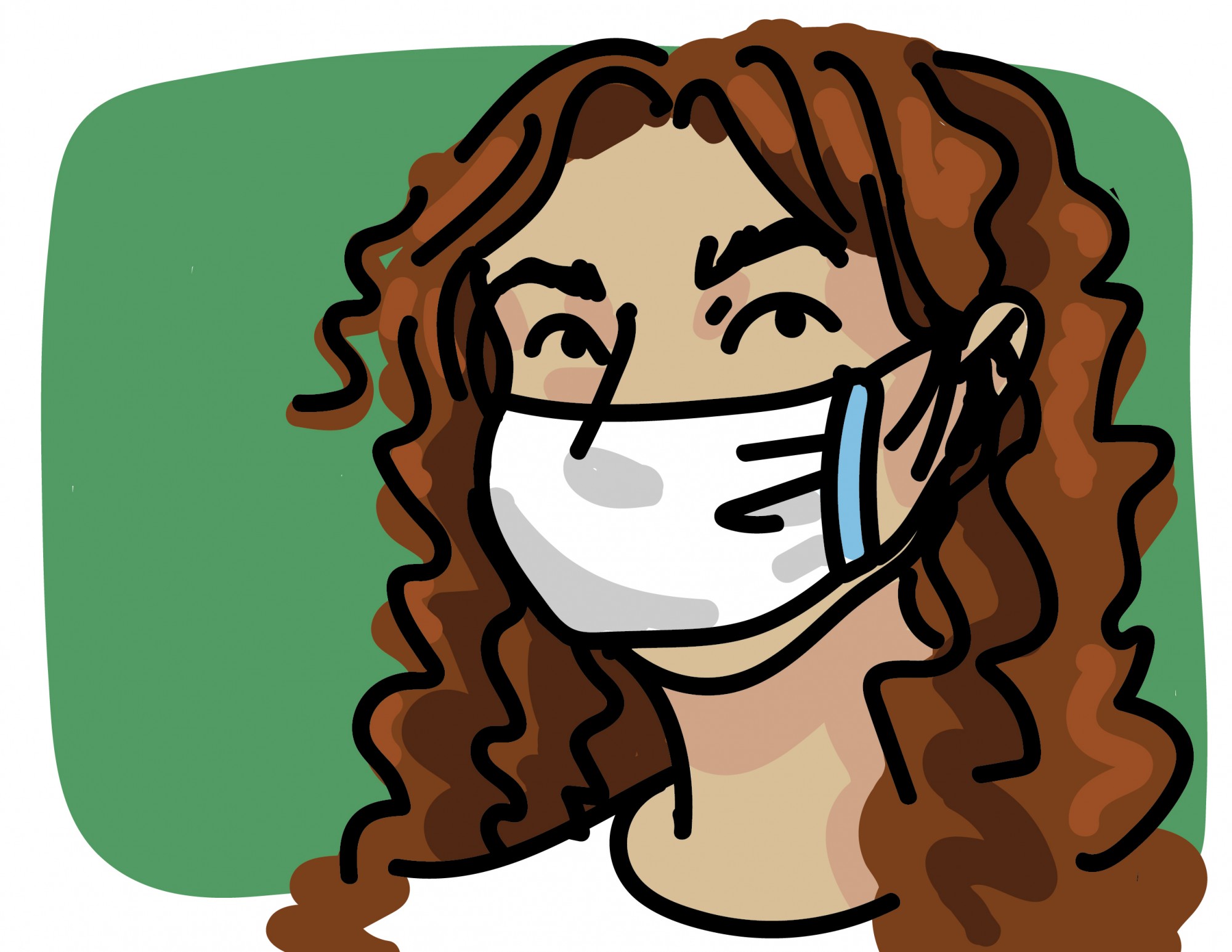Due to potential shortages, University of Minnesota researchers are collaborating to design and produce new masks for health care workers.
A phone call united many researchers last month to begin developing mask alternatives. The mask designs are nearly equivalent to N95 masks, which have a complete seal around the nose and mouth. Researchers said their goal is to create a stockpile of several thousand masks once production begins.
“I’m not saying this is an N95, but it has similar functions. We’re trying to make it an alternative to an N95 in crisis situations like we have now,” said Linsey Griffin, the creator of the original mask design and co-director of the University’s Human Dimensioning Lab.
Researchers designed, produced and ran initial fit tests for the masks, all in only a few weeks, she said.
“I feel like we’ve put about a year’s work into the last month while working from home and trying to manage different materials and different places while social distancing,” Griffin said.
Researchers used data to back up how the masks function and show that no particles made it through the filters, said John Bischof, the director of the Institute for Engineering in Medicine and a University professor in the College of Science and Engineering.
The masks went through initial fit tests with physicians and nurses at M Health Fairview, some occurring in Griffin’s garage.
The researchers received donations of the materials for the masks. Cummins, a corporation that designs and manufactures filtration products, donated filters, and Bedford Industries donated bendable components, which they typically produce for surgeons.
“Part of Linsey’s vision was really with a simple starting point for the material, but also not becoming overly complicated in respect to the other materials needed to make a functioning mask,” Marc Hillmyer, a University chemistry professor.
The production of these masks will not affect the supply chain for N95 masks because they use different materials.
“Imagine being that person and not having the proper protective material, and what does that mean for you? You want to help people, but in doing that, you’re putting yourself on the line,” Bischof said.
An anticipated shortage of masks for health care workers has motivated the researchers, Hillmyer said.
“In some ways, it’s an obligation of the folks here that once we got started, to really have something available for the people at the front lines,” he said.
All of this was possible because of the expertise that each University researcher brought to the collaboration, Hillmyer said.
“People are really dedicating themselves to helping one another through research and design, which I think is really wonderful, it’s a wonderful thing. It gives everyone hope to solve problems,” Griffin said.
Correction: a previous version of this article misnamed Linsey Griffin’s title. Griffin is the co-director of the University’s Human Dimensioning Lab.
Correction: a previous version of the article misnamed Marc Hillmyer’s title. Hillmyer is a University of Minnesota chemistry professor.














